You’ve just received your new gaming PC, and there are a couple of ports in the back that you can use to connect a monitor. DisplayPort 1.4 may outnumber HDMI 2.1 ports, but the opposite can also be true, making gamers wonder which is better.
I’m a simple gamer myself. If a device comes with an HDMI 2.1 cable, I opt to use that, and the same logic also applies to DisplayPort 1.4. However, I wasn’t always like this. During the peak of my competitive career, I compared these two options to choose the better one. And I’m here to do the same for you.
What is HDMI 2.1?
HDMI has evolved over the years, and its version 2.1 released in 2017. This major update allowed HDMI to support formats capping at 10k at 120 Hz, and there were also minor updates that came in the form of HDMI 2.1a and HDMI 2.1b.
HDMI 2.1 thrives in higher resolutions and frame rates. Compared to previous iterations, its increased bandwidth of 48 Gbps allows it to handle large data transfers easily. HDMI 2.1’s Dynamic HDR also makes it a decent pick for console gamers, and the technology can deliver a better overall sound quality. Features like Variable Refresh Rate and Auto Low Latency Mode are other HDMI 2.1 unlocks.
2017 was long ago, and HDMI 2.1 still has flaws tied to external factors. Despite rocking the same connector, not all devices or cables will be fully compatible with all the HDMI 2.1 features. Even the screens that claim they’re HDMI 2.1 compatible might not support half the features. HDMI 2.1 cables are also noticeably more expensive compared to their predecessors.
What is DisplayPort 1.4?
DisplayPort 1.4 released in 2016. Compared to its previous iterations, DisplayPort 1.4 supported resolutions such as 8K at 30 Hz and 4K at 120 Hz, checking two important boxes for gaming. With a maximum bandwidth of 32.4 Gbps, it was unrivaled at handling large data transfers until HDMI 2.1 came along in 2017.
DisplayPort 1.4 rocks impressive stats, but it’s not as widely adopted as HDMI, and it supports a lower number of audio channels at 32, while HDMI 2.1 supports 48.
HDMI 2.1 vs. DisplayPort 1.4: Full breakdown
Choosing between HDMI 2.1 and DisplayPort 1.4 depends on your needs and priorities. While I think HDMI 2.1 is the superior option, both can shine under certain circumstances.
- If you have a high-end TV with the latest gaming features, HDMI 2.1 is the better option.
- PC users with multiple monitors can take advantage of DSC and MST features if they get a DisplayPort 1.4 cable.
- When both cases are considered, HDMI 2.1 will still be the better all-rounder.
| Feature | HDMI 2.1 | DisplayPort 1.4 |
| Maximum Bandwidth | 48 Gbps | 32.4 Gbps |
| Maximum Supported Resolution | 10K @ 120Hz, 8K @ 60Hz, 4K @ 120Hz | 8K @ 30Hz, 4K @ 120Hz |
| HDR Support | HDR10, HDR10+, Dolby Vision | HDR10 |
| Audio Support | Up to 48 audio channels | Up to 32 audio channels |
| Additional Features | VRR (Variable Refresh Rate), ALLM (Auto Low Latency Mode), Cable Detection | DSC 1.2a (compression), FEC (error correction), MST (daisy-chaining) |
| Compatibility | Widely adopted | Less adopted than HDMI |
| Cost | Premium bracing due to licensing and technological advancements | Cheaper than HDMI |
Our top picks for HDMI 2.1 cables
Highwings HDMI 2.1 Cable
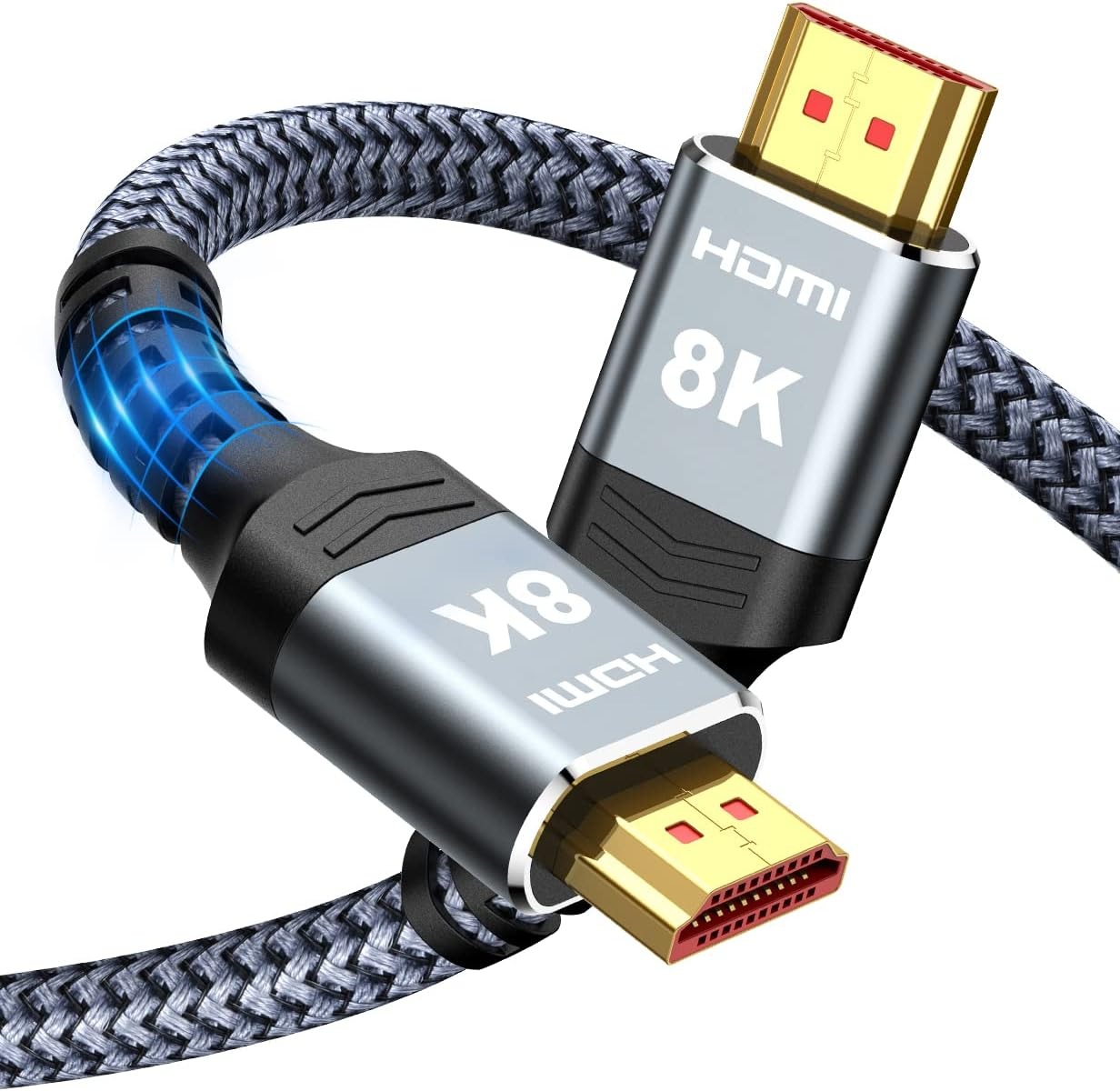

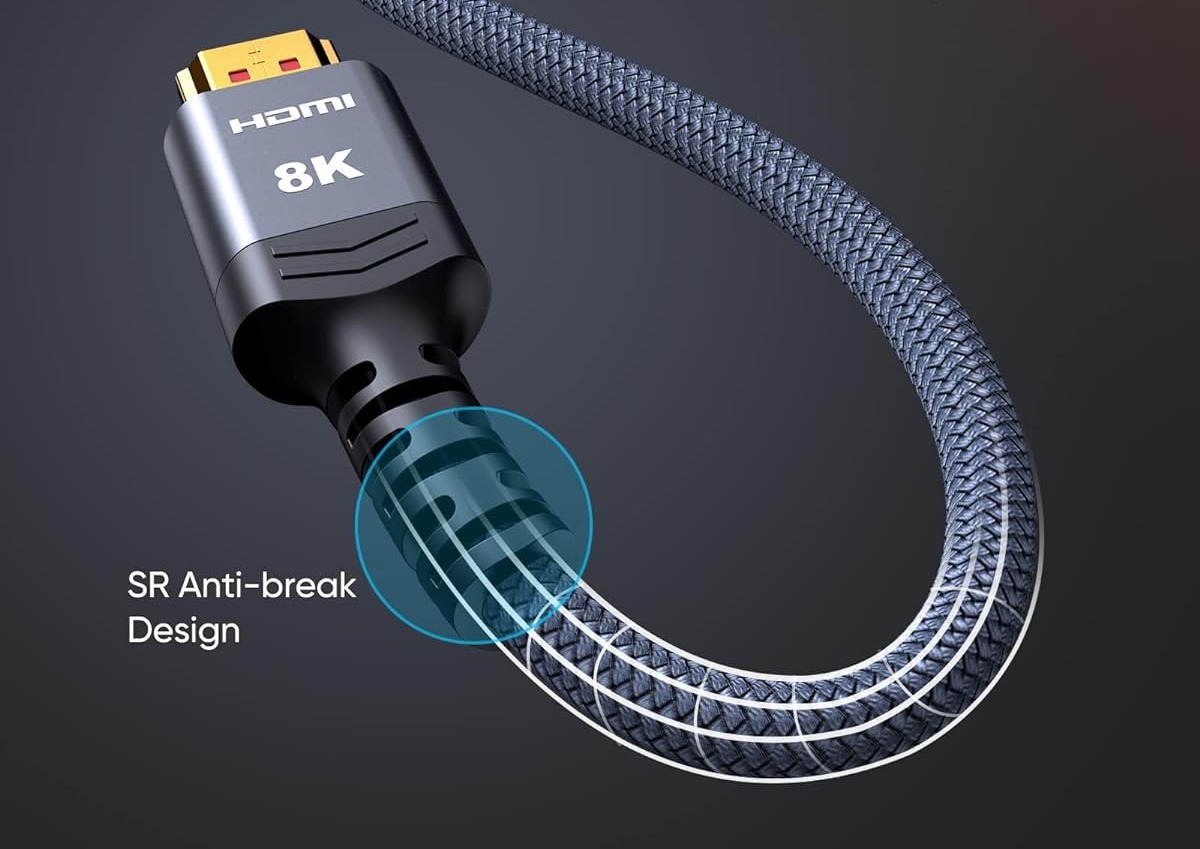
| Key specs | • 8K@60Hz, 4K@120Hz • Dynamic HDR, 12-Bit color processing • HDMI 2.1 |
| What we like about it | • 8K@60Hz, 4K@120Hz • Dynamic HDR, 12-bit color processing • HDMI 2.1 |
| What we don’t like about it | • Likely to be less durable compared to more expensive options |
| Today’s Best Deals | • View at Amazon |
Whether you’re a movie buff or a gamer, the Highwings 8K HDMI Cable offers exceptional value at an affordable price. With the HDMI 2.1 standard, this cable supports resolutions up to 8K@60Hz and 4K@120Hz.
From backwards compatibility to eARC support, Highwings HDMI 2.1 punches above its weight and gets the job done.
Anker HDMI 2.1 Cable
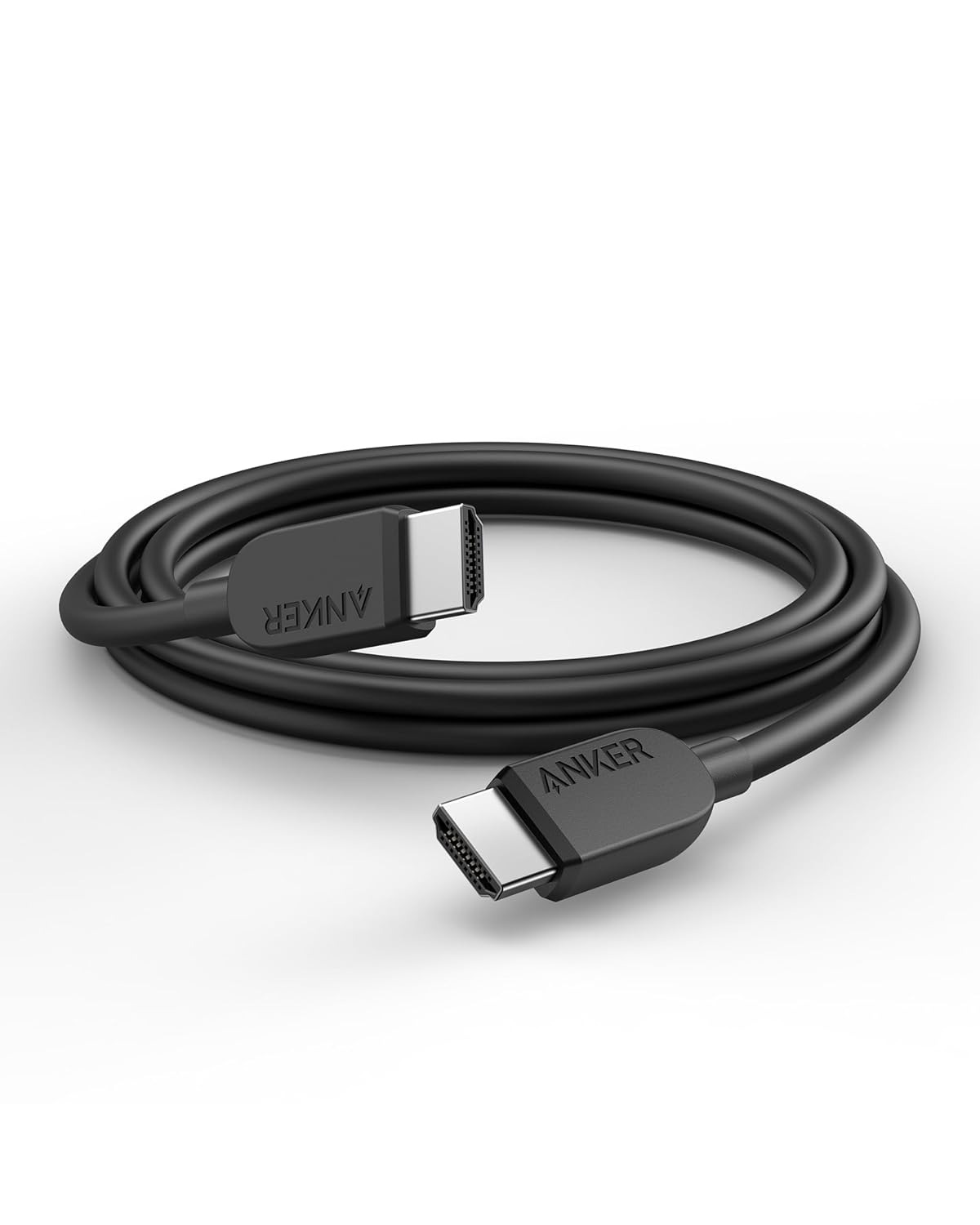

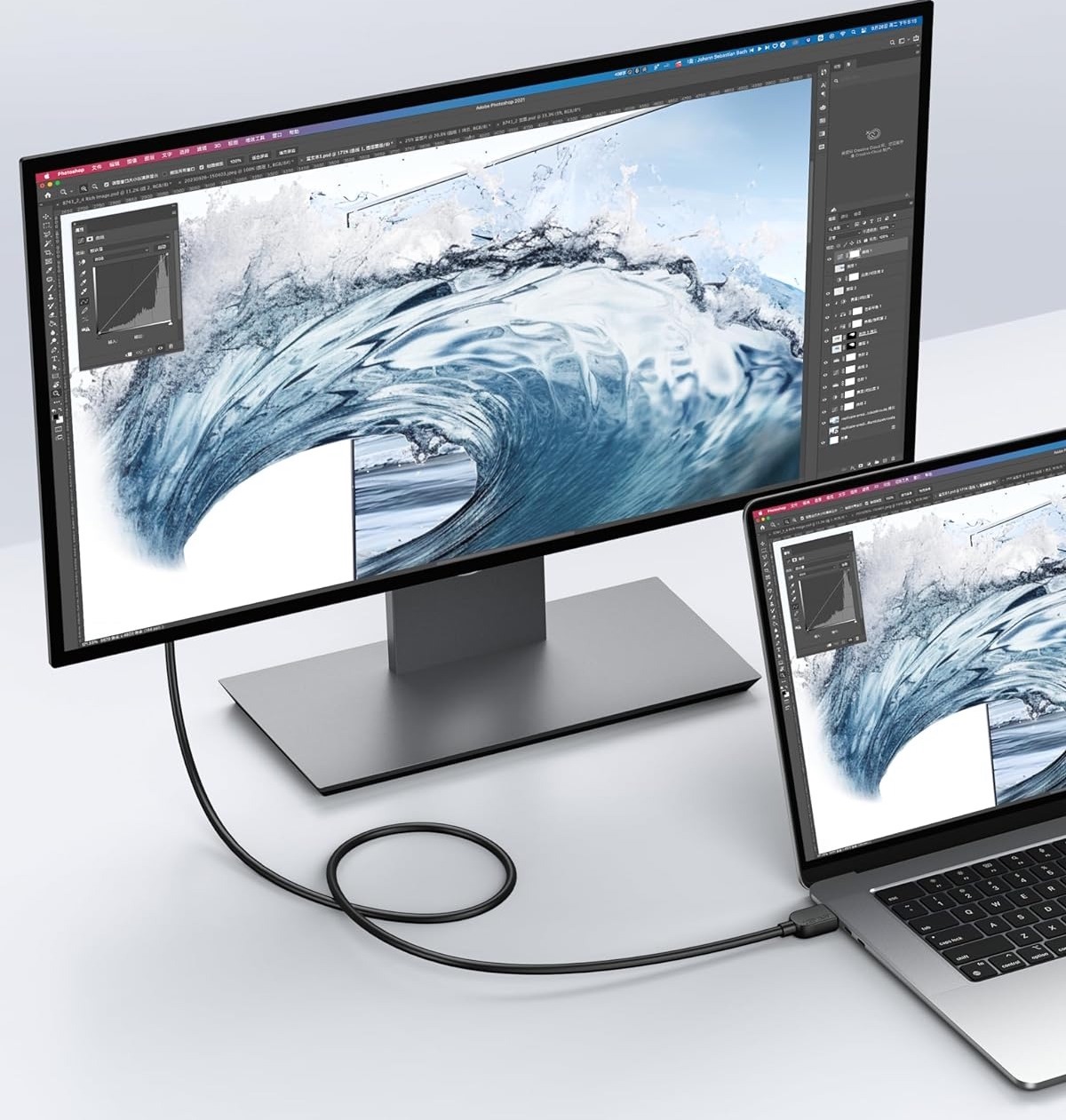
| Key specs | • 8K@60Hz, 4K@120Hz • 48 Gbps Bandwith • HDMI 2.1 |
| What we like about it | • Durable materials • 18-months warranty • A fan favorite amongst HDMI enthusiasts |
| What we don’t like about it | • Can be slightly more expensive when it isn’t on a discount |
| Today’s Best Deals | • View at Amazon • View at Walmart |
Specs-wise, all HDMI 2.1 cables claim they accomplish the same feat, but Anker separates itself from the competition with its build quality.
Anker’s HDMI 2.1 cable is made with premium materials. It boasts carbon steel connectors, gold-plated pins, and a robust double-braided nylon finish. The manufacturer claims this combination ensures the cable withstands repeated use and offers a 10,000-cycle plug-and-unplug lifespan, but I didn’t have the time to manually test this claim myself.
Belkin HDMI 2.1 Cable
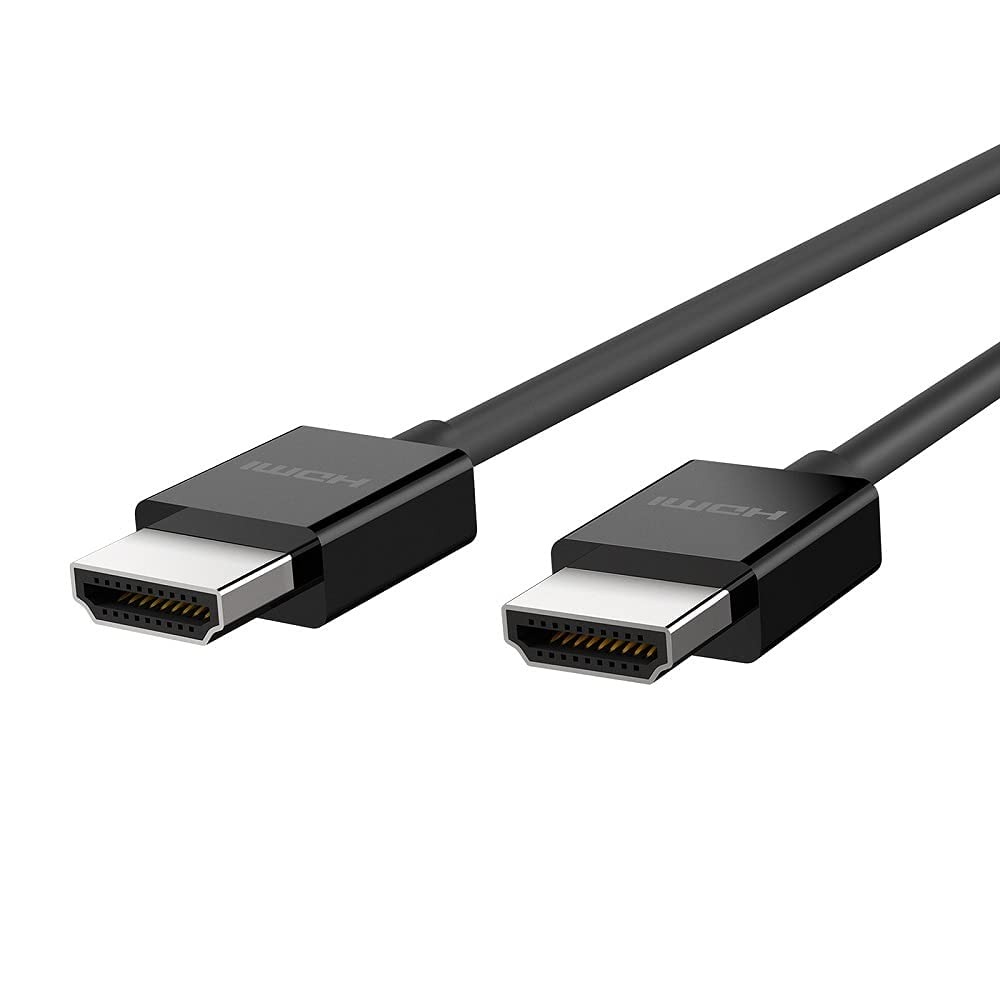

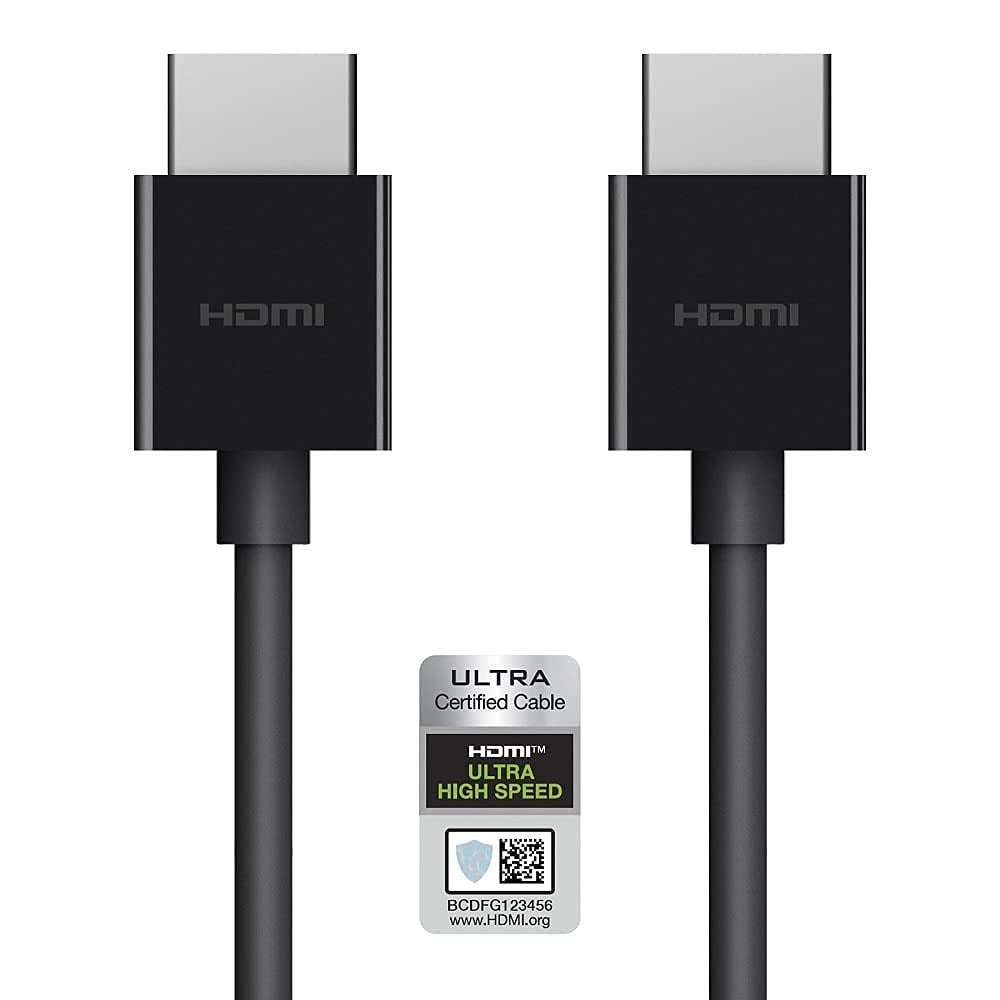
| Key specs | • 8K@60Hz, 4K@120Hz • Dolby Vİsion Support • HDMI 2.1 |
| What we like about it | • Two-layer durable design • Household brand in the cable industry |
| What we don’t like about it | • Blows Anker out of the water in terms of pricing |
| Today’s Best Deals | • View at Amazon • View at Walmart |
Like Anker, Belkin is also on the more premium side of the spectrum. This durable cable features two-layer shielding, protecting it from various types of damage and electrical interference.
With premium materials comes all the HDMI 2.1 features, of course. Belkin’s also supports Dolby Vision alongside 10K resolutions.
Our top picks for DisplayPort 1.4 cables
AmazonBasics DisplayPort 1.4 Cable
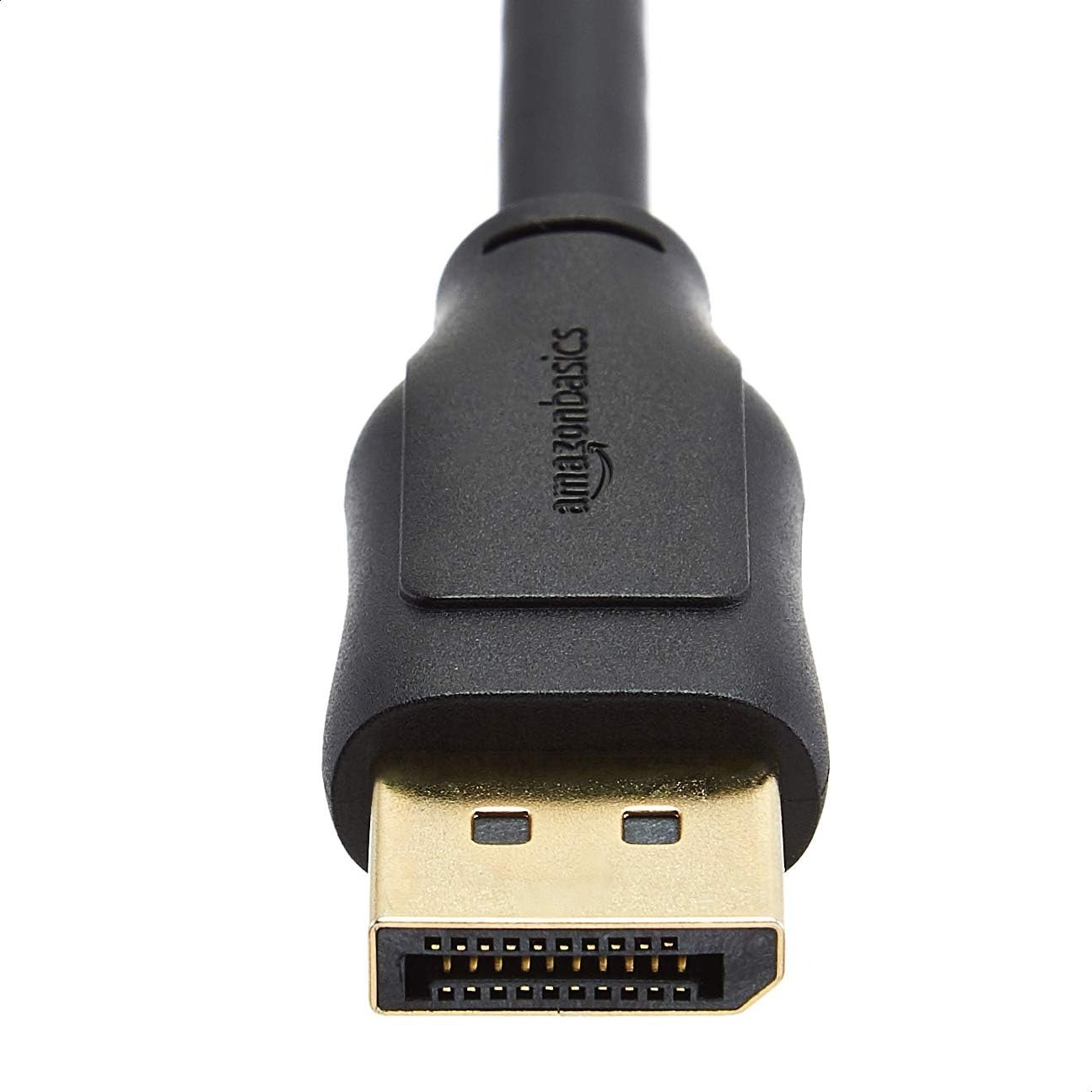

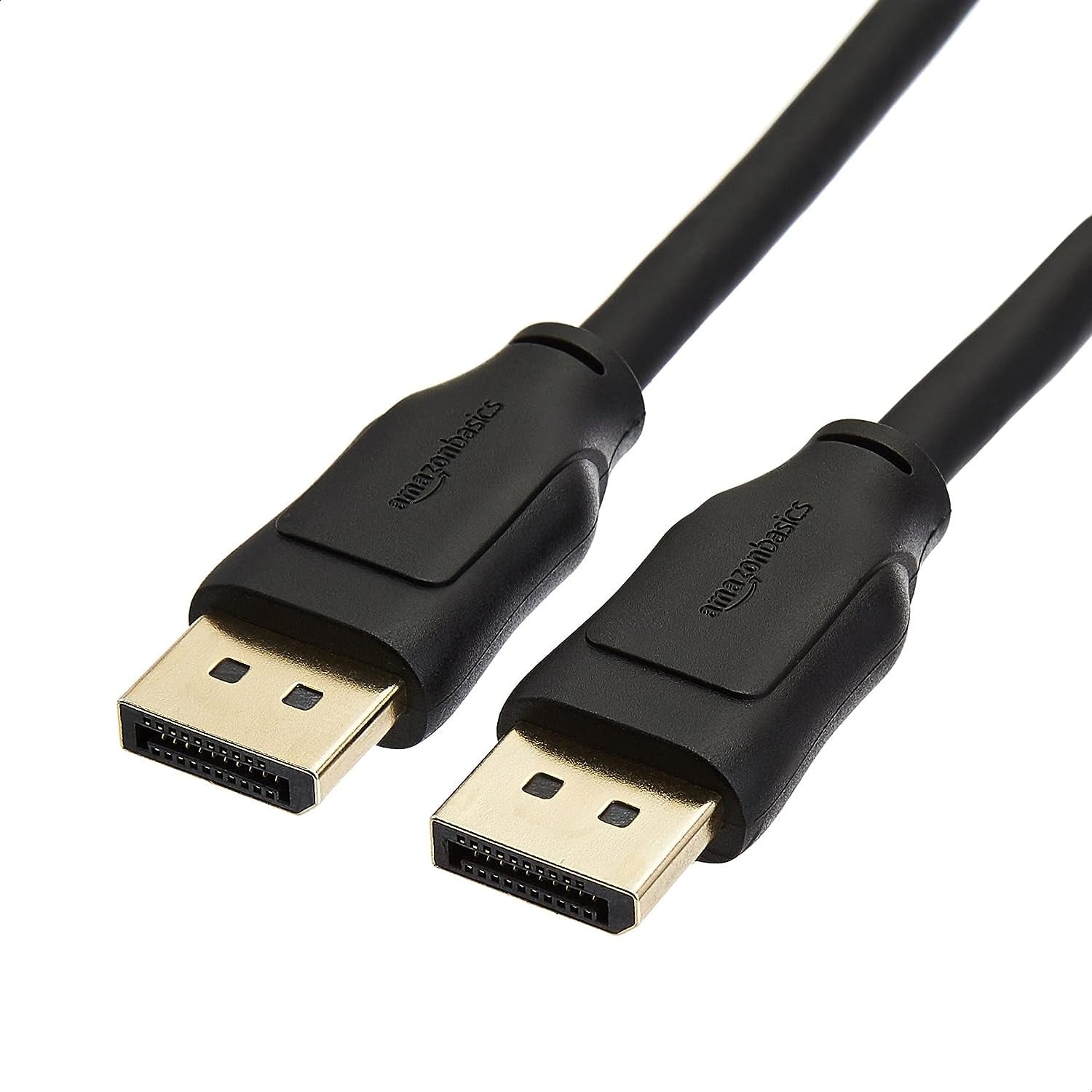
| Key specs | • 8K, 4K UHD, Dynamic HDR, 3D compatible • Gold plated connectors • Backwards compatible |
| What we like about it | • 8K, 4K UHD, Dynamic HDR, 3D compatible • Gold-plated connectors • Backwards compatible |
| What we don’t like about it | • Three feet cable costs the same as six feet when the latter is on a discount |
| Today’s Best Deals | • View at Amazon |
AmazonBasics gives away its intentions in the name. This DisplayPort 1.4 cable is just enough to satisfy all your basic needsand is also priced fairly cheap.
Supporting resolutions up to 8K, this cable is backward compatible with previous standards and can be used in multi-monitor setups.
Cable Matters DisplayPort 1.4 Cable
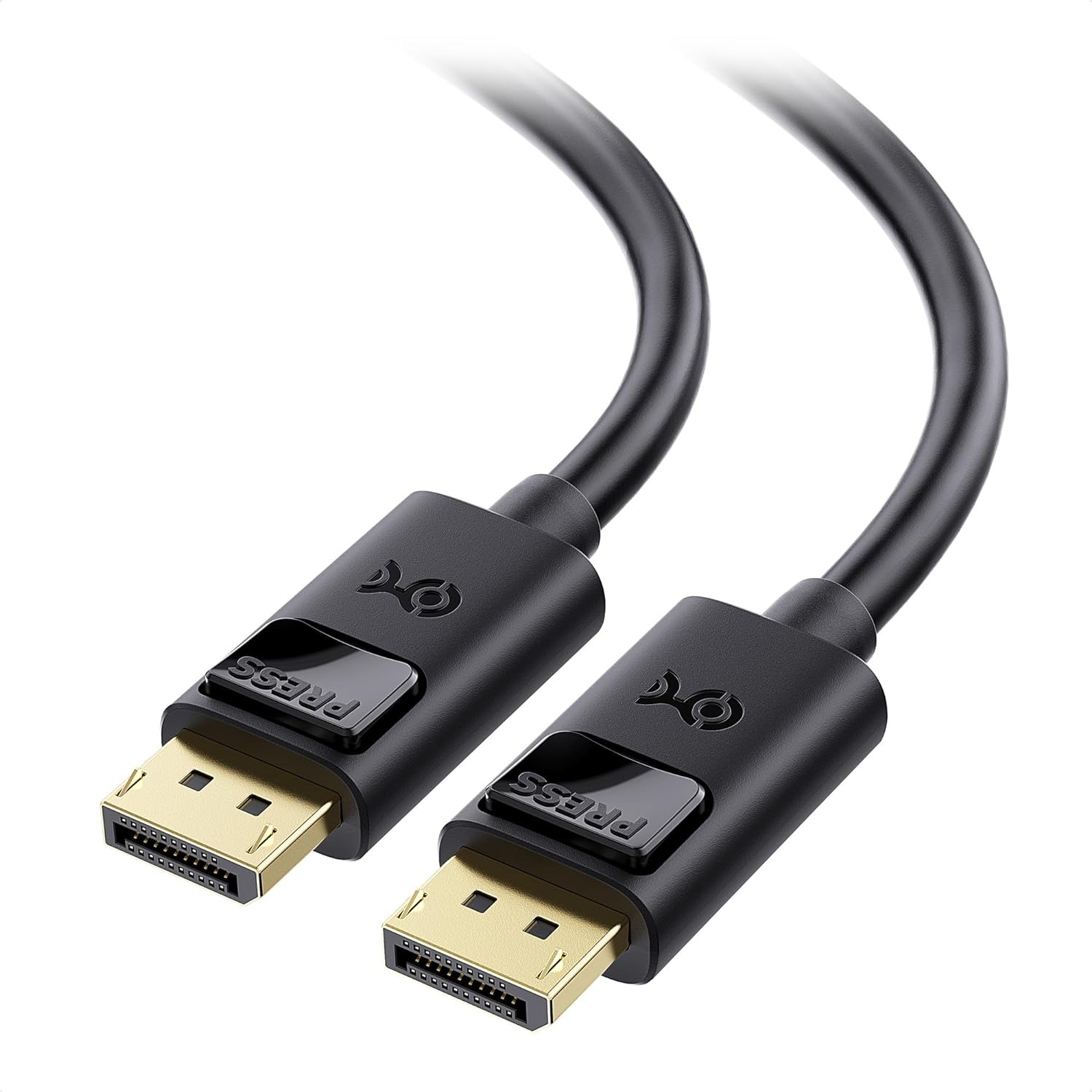

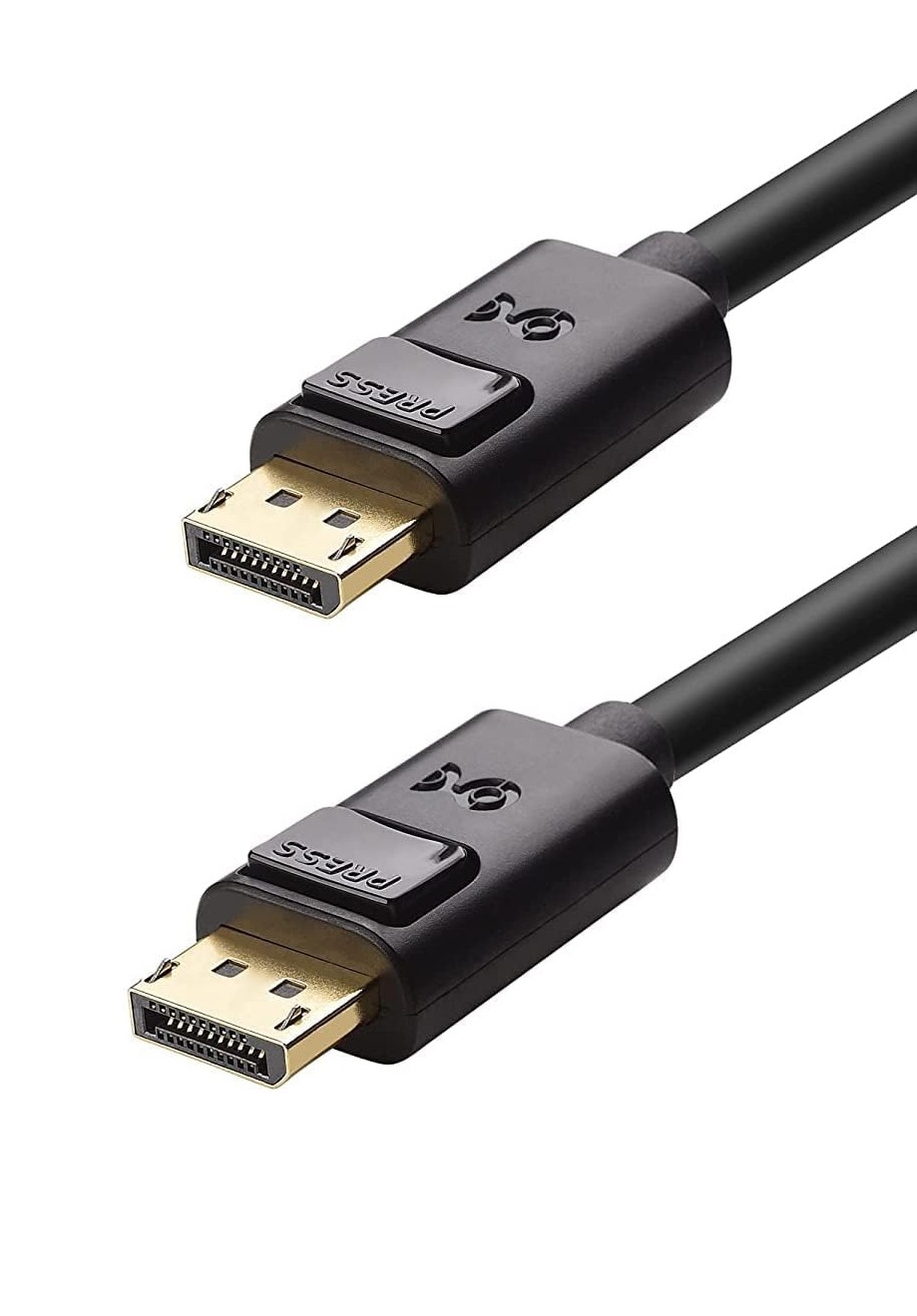
| Key specs | • 8K resolution support • Bare copper conductors • Backwards compatible |
| What we like about it | • Decent build quality • Gaming-focused marketing |
| What we don’t like about it | • The press buttons on the cables are functional but look weird |
| Today’s Best Deals | • View at Amazon • View at Walmart |
Cable Matters is a close rival of AmazonBasics as it also excels at budget-friendliness. From supporting resolutions up to 8K at 60Hz to offering backward compatibility for older DisplayPort versions, Cable Matters ticks all the boxes.
A cable of this caliber should be enough for gaming setups with multiple screens with low response times.
UGREEN DisplayPort Cable
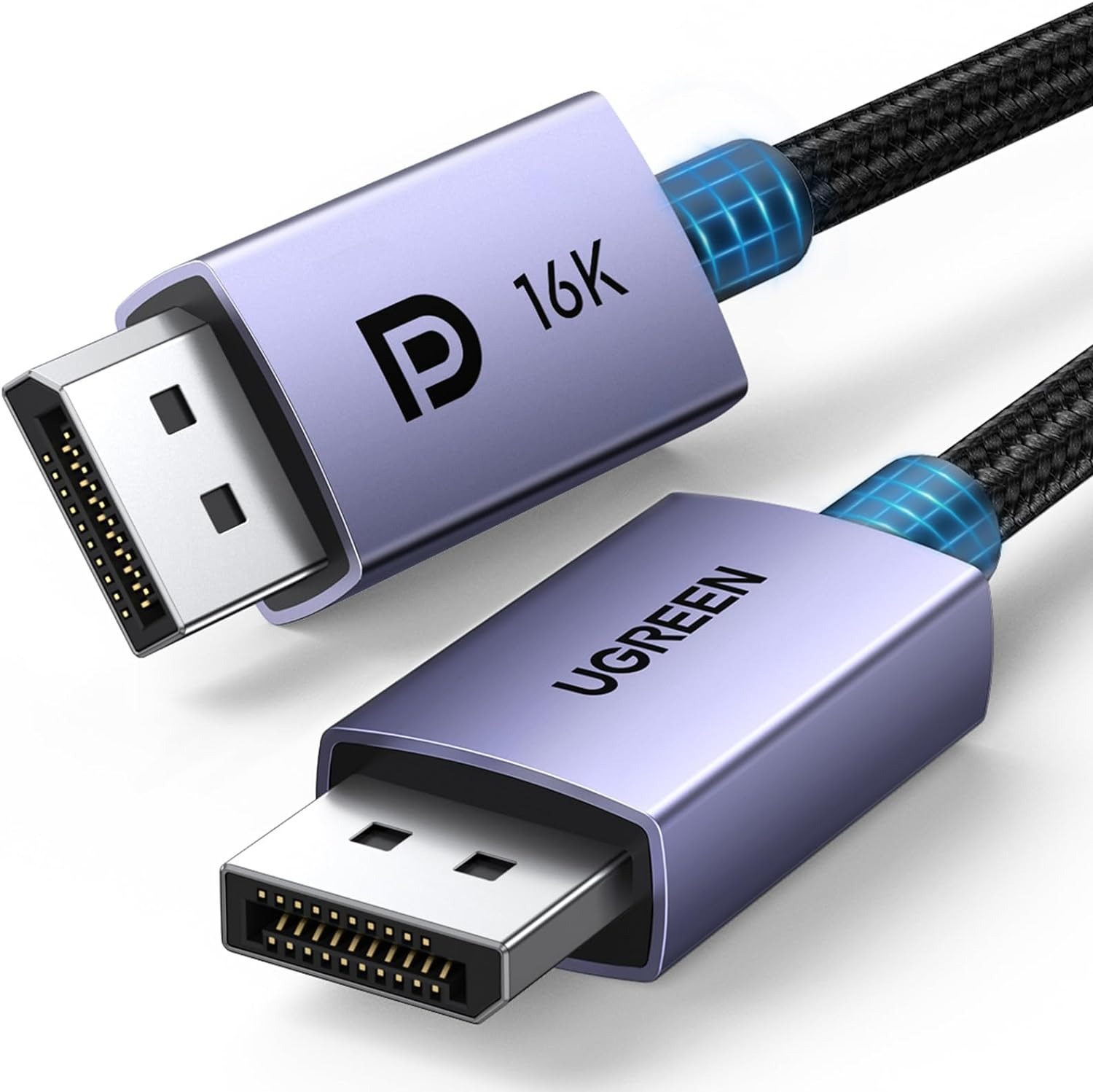

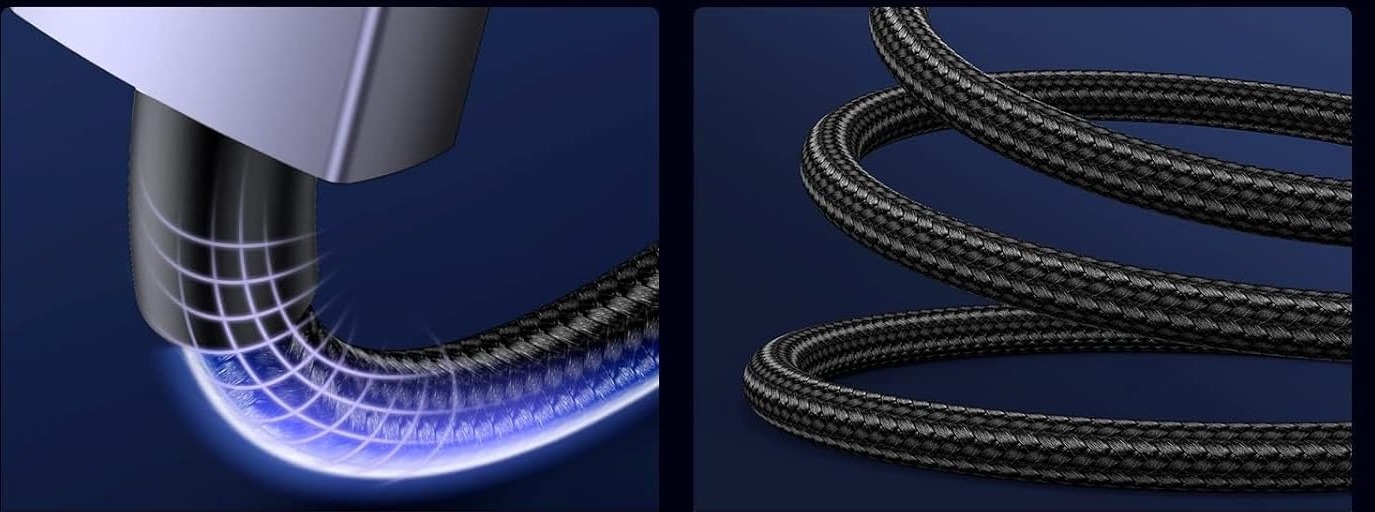
| Key specs | • 16K@60Hz, 8K@240Hz, 4K@240Hz • 80 Gbps bandwidth • Triple shielding design |
| What we like about it | • Durability • Goes above and beyond when it comes to resolutions and configurations |
| What we don’t like about it | • Probably an overkill for most users, it’s possible to achieve similar results with a cheaper cable if you don’t have the hardware to utilize this cable |
| Today’s Best Deals | • View at Amazon |
This UGREEN DisplayPort cable comes with a premium price tag because it’s both VESA certified and features the 2.1 standard. The improvements allow this cable to step up a notch and support resolutions of up to 16K@60Hz, 8K@240Hz, and 4K@240Hz.
In addition to pushing higher resolutions, this cable offers support for FreeSync and G-Sync, making it a prime candidate for PC gamers.
How we created both lists of cables
I have a PC and a console setup for gaming. While I use a TV with my console, my PC is connected to multiple monitors. For this reason, I experimented with both DisplayPort and HDMI cables.
Overall, I think HDMI is the superior option if there’s a TV involved in the mix. It offers a better audio experience, and is compatible with more devices. I had the chance to personally test some cables on the list, while the other picks are a result of hours of research.
Considering most cables offer the same benefits, my search was focused on customer reviews, durability, and price/performance ratios.
Key takeaways
Ultimately, choosing between HDMI 2.1 and DisplayPort 1.4 is a personal decision. Your needs play an important role in the process. Consider factors like resolution, refresh rate, audio needs, and number of monitors when making your choice.
If you don’t have multiple screens and value audio quality, HDMI 2.1 could be the choice for you. However, DisplayPort 1.4 takes the lead when there are multiple screens in the equation, which are used mostly for PC gaming.


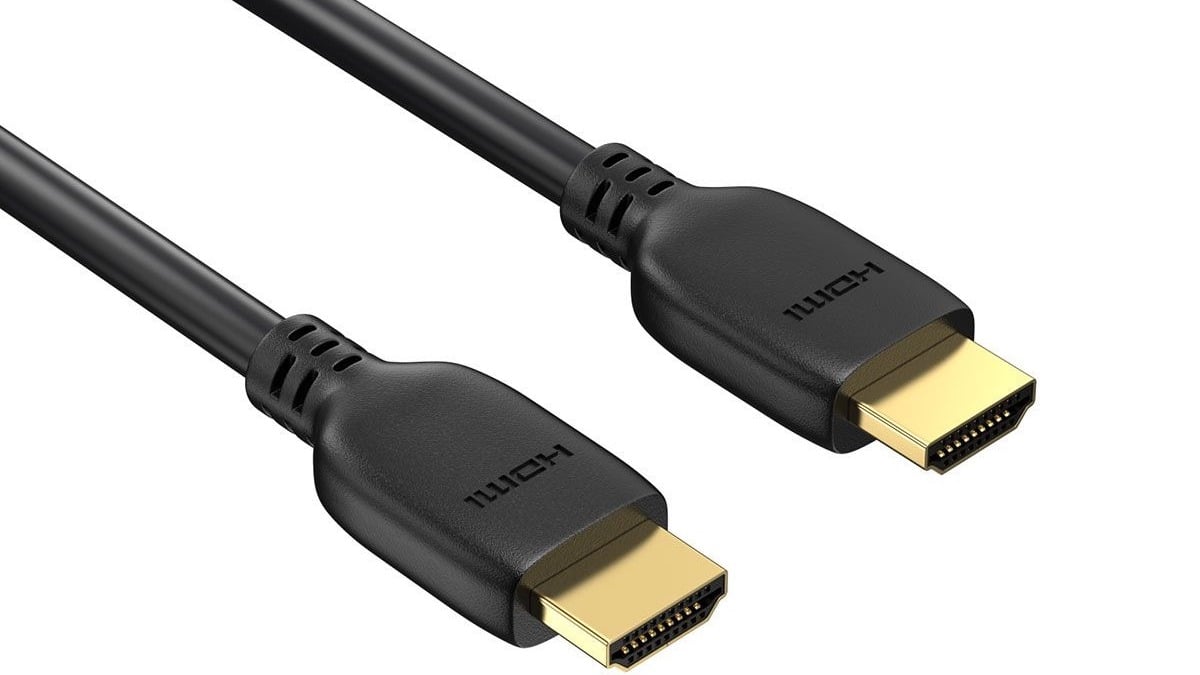
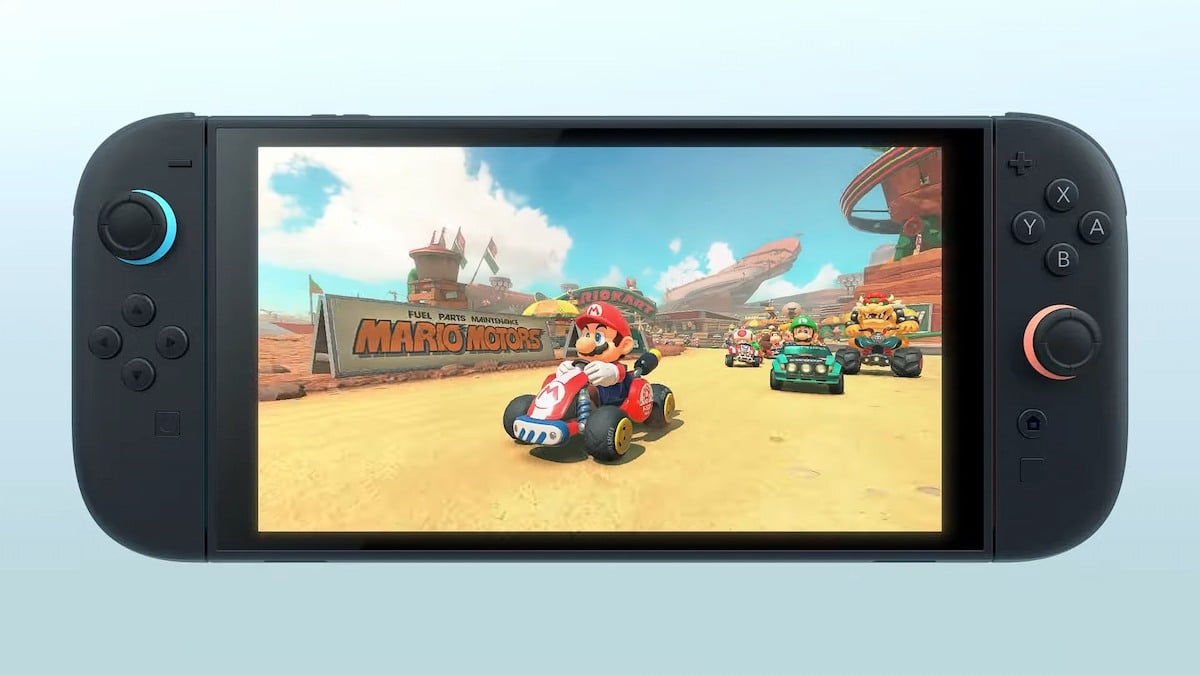
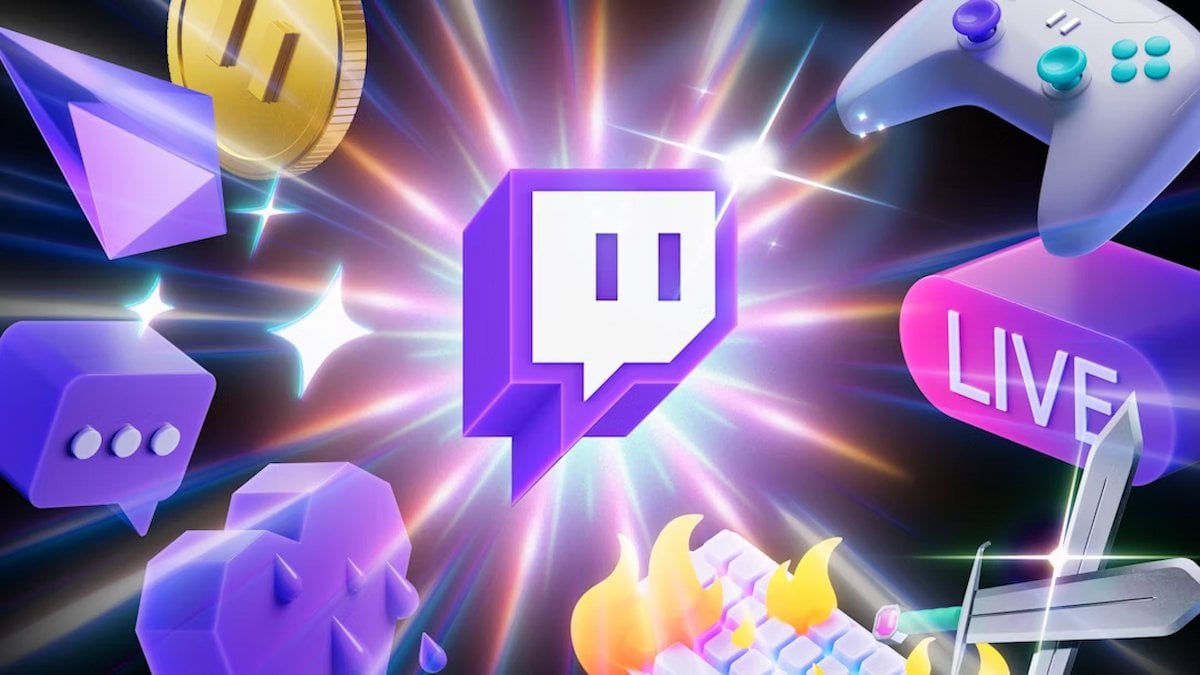
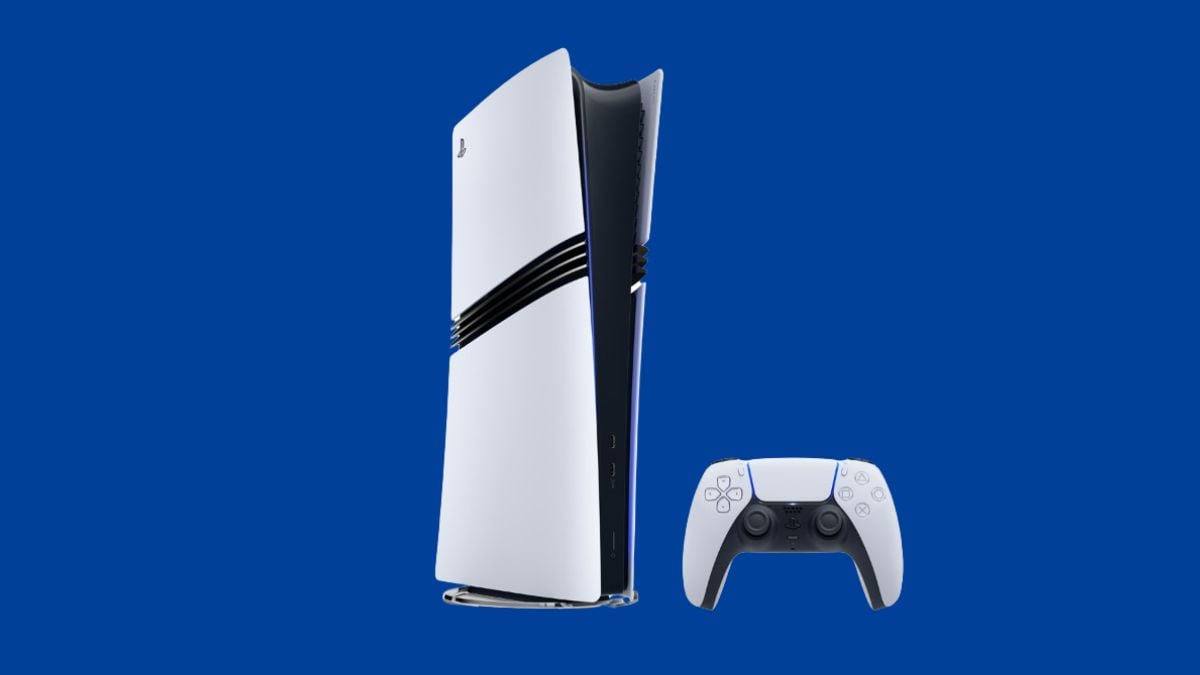
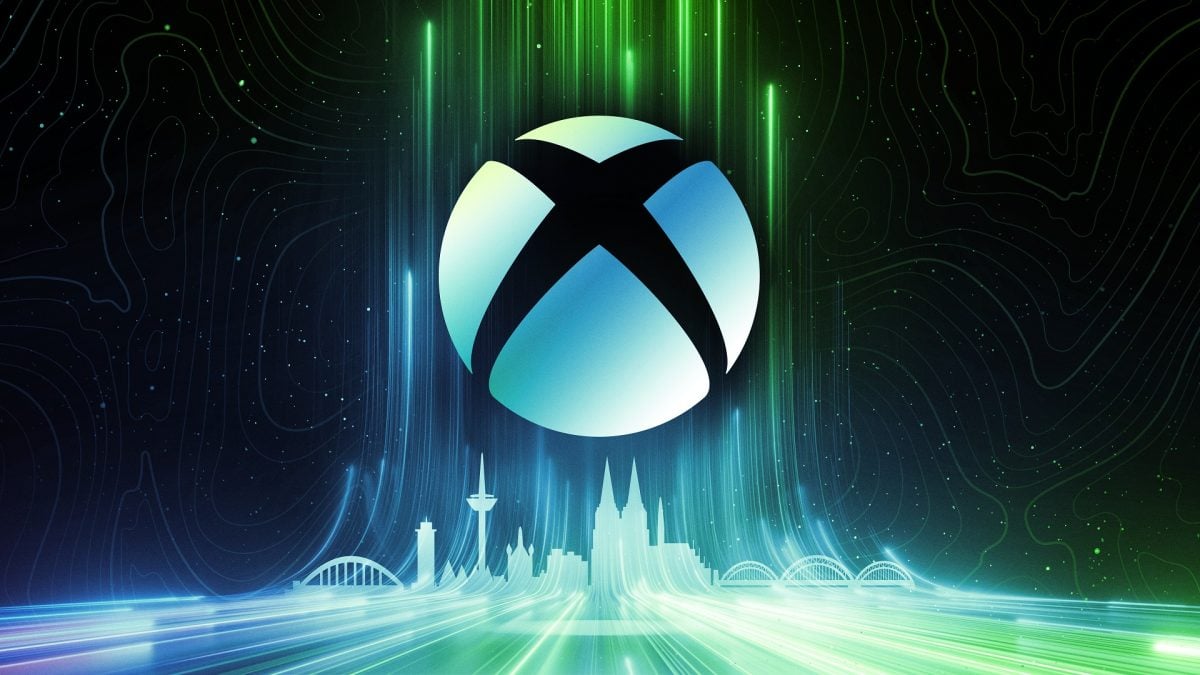
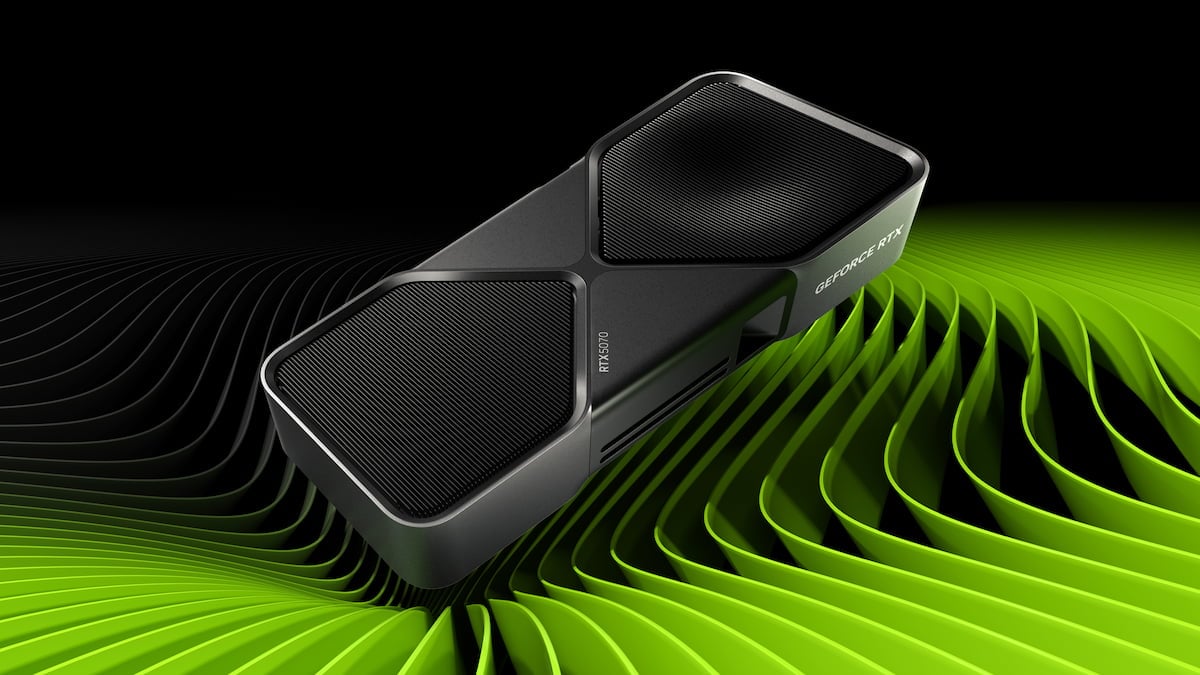
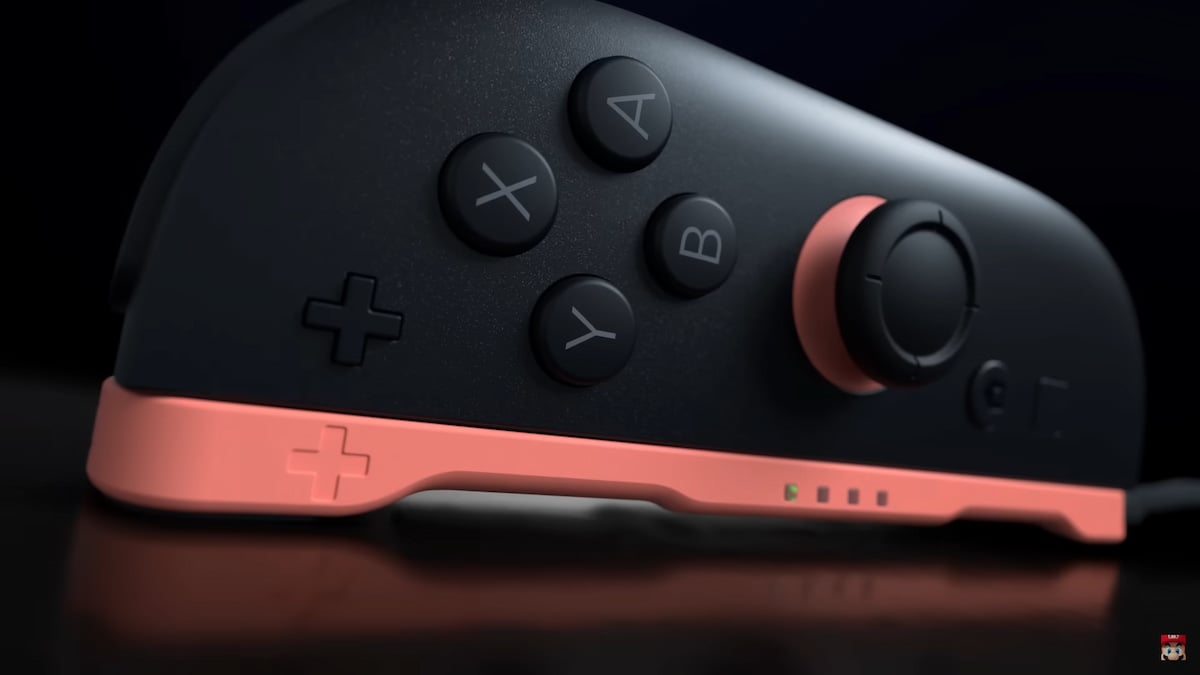
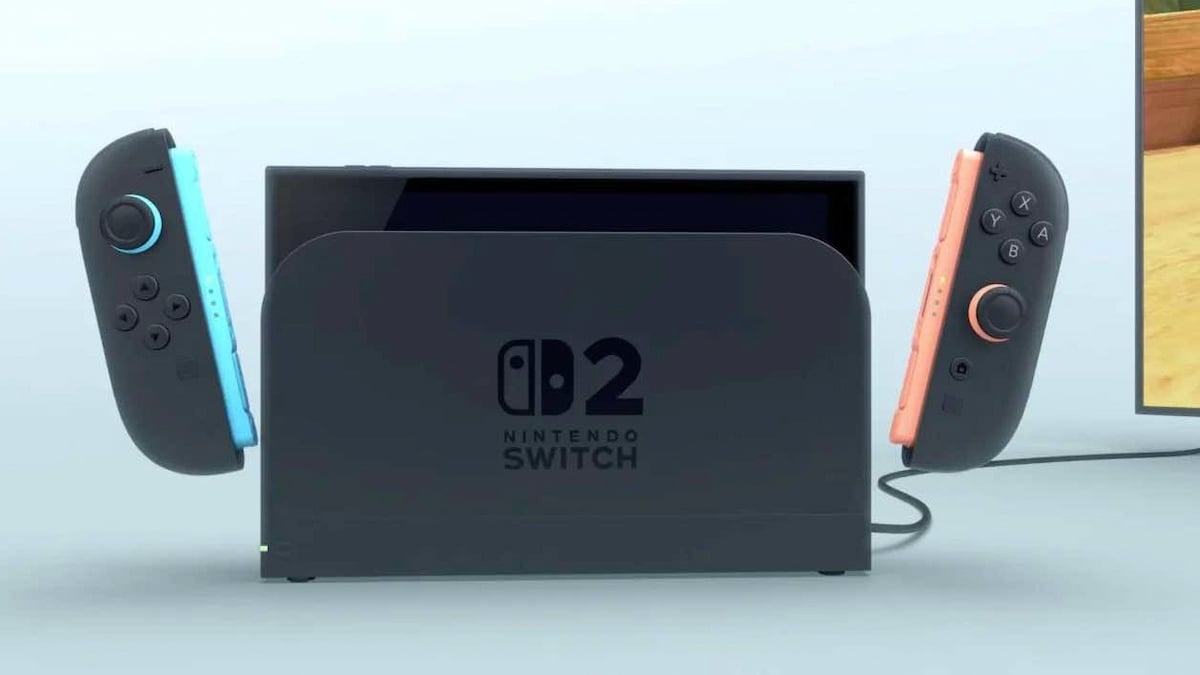
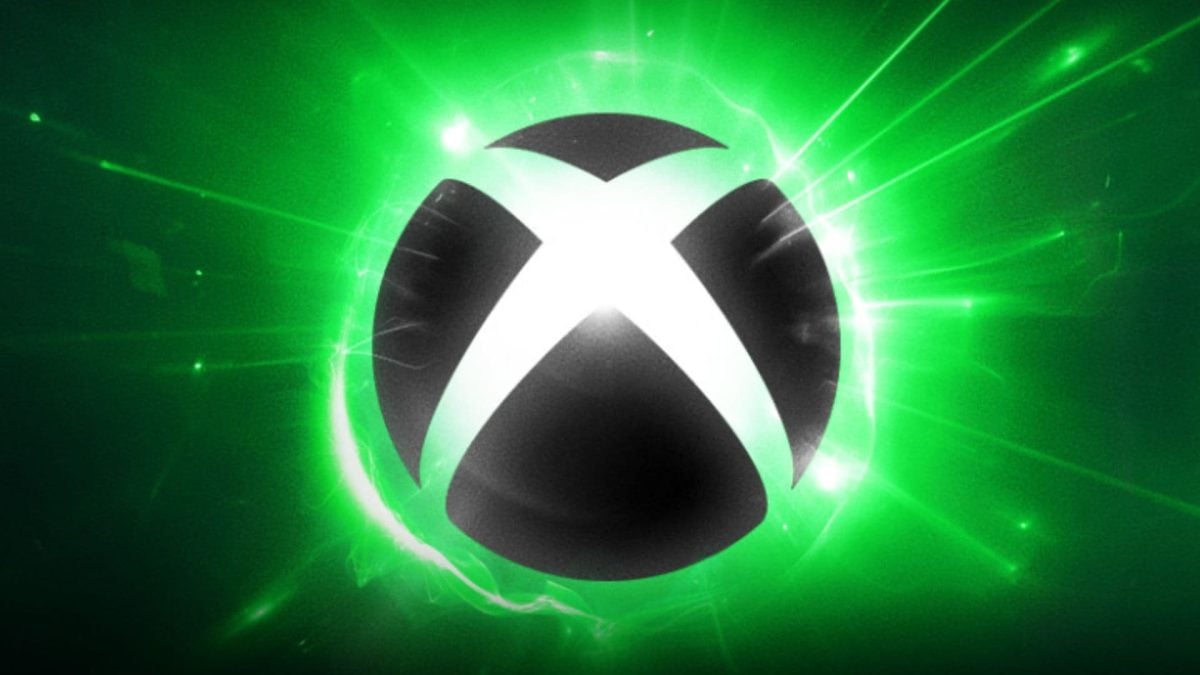

Published: Mar 8, 2024 06:41 am